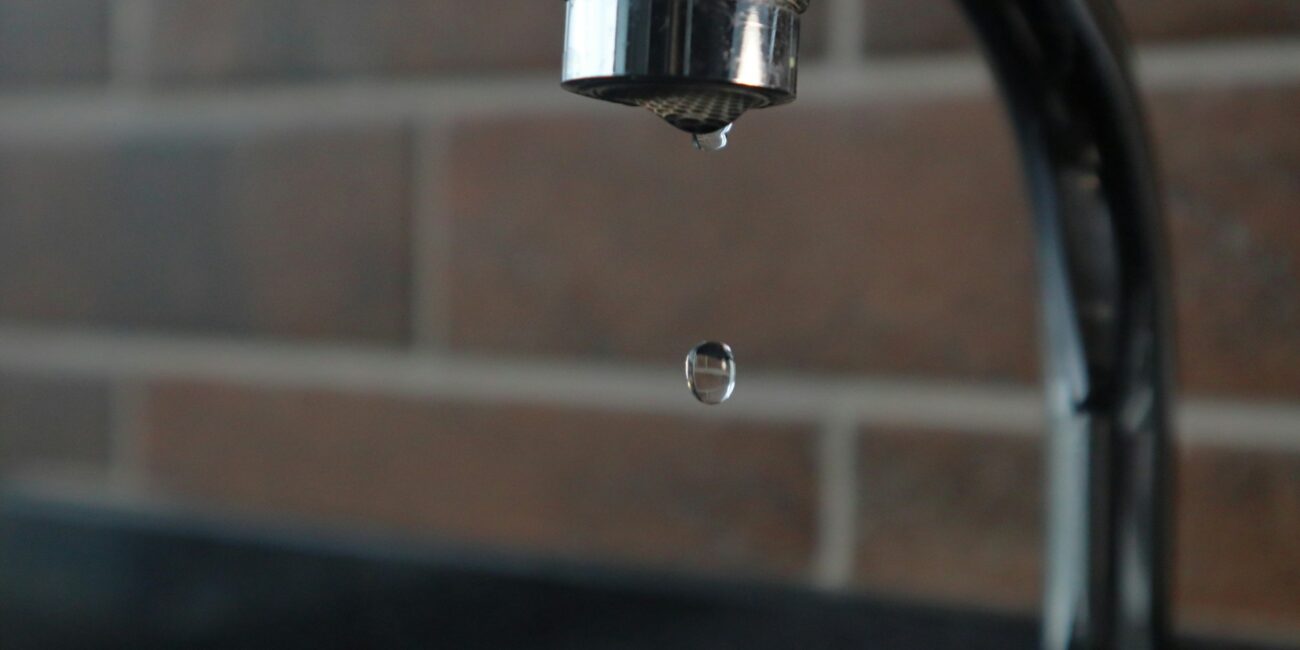A dripping faucet can be one of the most irritating household problems. The constant sound of water droplets hitting the sink not only disrupts your peace but also wastes water and increases your utility bills.
According to the EPA, a single dripping faucet can waste more than 3,000 gallons of water per year—enough to take more than 180 showers. The good news is that most leaky faucet issues can be resolved with basic DIY plumbing skills and common household tools.
Before you search for “drain service near me” or call a professional plumber, consider tackling this repair yourself. With the right knowledge and a systematic approach, you can save money and gain valuable home maintenance skills.
This comprehensive guide will walk you through everything you need to know about faucet repair, from identifying the type of faucet you have to completing the repair successfully.
Whether you’re dealing with a minor drip or a steady stream, these step-by-step instructions will help you restore your faucet to proper working condition.
Understanding Different Types of Faucets
Compression Faucets
Compression faucets are the oldest and most basic type, commonly found in older homes. They feature separate hot and cold water handles that you turn to control water flow.
These faucets use rubber washers that compress against valve seats to stop water flow. When these washers wear out, leaks typically occur.
Ball Faucets
Ball faucets have a single handle that moves over a rounded ball bearing. The ball has chambers and slots that align with inlet and outlet seals to control water flow and temperature.
These faucets are more complex than compression types and contain multiple small parts that can cause leaks.
Cartridge Faucets
Cartridge faucets can have either one or two handles and use a movable cartridge to control water flow. Single-handle cartridge faucets move up and down to control flow and left and right to control temperature. Two-handle versions have separate cartridges for hot and cold water.
Ceramic Disk Faucets
Ceramic disk faucets represent the newest technology and are known for their durability. They use two ceramic disks that slide over each other to control water flow. These faucets typically last longer than other types but can still develop leaks over time.
Essential Tools and Materials
Basic Tools Required
Before starting any faucet repair, gather the necessary tools. You’ll need an adjustable wrench, screwdrivers (both Phillips and flathead), pliers, and a flashlight for better visibility under the sink.
A seat wrench might be necessary for compression faucets, while needle-nose pliers can help with small parts.
Common Replacement Parts
Stock up on common replacement parts before beginning your repair. O-rings, washers, and gaskets are frequently needed components. For cartridge faucets, you may need a new cartridge, while ball faucets might require cam washers, valve seats, or springs. Having these parts on hand will prevent multiple trips to the hardware store.
Safety Equipment
Safety should always be your priority during DIY plumbing projects. Wear safety glasses to protect your eyes from debris, and keep a towel nearby to clean up water spills. Ensure your work area is well-lit and that you have stable footing, especially when working under the sink.
Identifying the Source of the Leak
Common Leak Locations
Leaks can occur in several locations around your faucet. The most common spot is from the spout, where water drips continuously even when the faucet is turned off. Base leaks occur where the faucet connects to the sink, while handle leaks happen around the stem or cartridge area.
Determining Leak Severity
Assess the severity of your leak to determine the urgency of repair. A few drops per minute might seem minor, but even small leaks waste significant water over time. More severe leaks with steady dripping or streaming require immediate attention to prevent water damage and excessive waste.
Water Pressure Considerations
Check if the leak occurs only when water is running or if it continues when the faucet is off. High water pressure can sometimes cause leaks that wouldn’t occur under normal conditions. If your home has consistently high water pressure, consider installing a pressure-reducing valve to prevent future faucet problems.
Step-by-Step Repair Process
Shutting Off Water Supply
The first and most crucial step in any faucet repair is turning off the water supply. Look for shut-off valves under the sink and turn them clockwise to close.
If you can’t find individual valves or they don’t work properly, you may need to shut off the main water supply to your home. Turn on the faucet to drain any remaining water in the lines.
Disassembling the Faucet
Carefully disassemble your faucet according to its type. For compression faucets, remove the handle and packing nut to access the stem.
Cartridge faucets require removing the handle and any retaining clips or nuts holding the cartridge in place. Take photos during disassembly to help with reassembly later.
Inspecting and Replacing Parts
Examine all components for signs of wear, corrosion, or damage. Replace worn washers, O-rings, or cartridges as needed.
Clean mineral deposits from all parts using white vinegar or a commercial lime scale remover. Pay special attention to valve seats, which should be smooth and free from scratches or pitting.
Reassembly and Testing
Reassemble the faucet in reverse order of disassembly, ensuring all parts are properly aligned and tightened.
Don’t over-tighten components, as this can damage threads or cause new leaks. Turn the water supply back on gradually and test the faucet for proper operation and any remaining leaks.
Troubleshooting Common Issues
Persistent Dripping
If your faucet continues to drip after repair, you may have missed a worn component or improperly installed a part. Double-check that all washers and O-rings are the correct size and properly seated. Sometimes, the valve seat itself needs resurfacing or replacement.
Low Water Pressure
Reduced water flow after repair often indicates a clogged aerator or mineral buildup in the faucet body. Remove and clean the aerator, soaking it in vinegar if necessary. Check that no debris has fallen into the faucet during repair.
Handle Problems
If handles feel loose or difficult to turn after repair, check that all components are properly tightened and aligned. Lubricate moving parts with plumber’s grease if recommended by the manufacturer. Ensure that cartridges are fully seated and oriented correctly.
When to Call Professional Help
Complex Repairs
Some faucet problems require professional expertise and specialized tools. If you discover corroded valve seats that need replacement, extensive pipe damage, or if your repair attempts have made the problem worse, it’s time to search for professional “drain service near me” options.
Water Damage Concerns
If you notice water damage to cabinets, walls, or flooring, or if the leak has caused mold growth, contact a professional immediately. These issues require proper assessment and remediation beyond basic faucet repair.
Permit and Code Requirements
Some plumbing modifications may require permits or must meet specific building codes. If your repair involves changing supply lines or making structural modifications, consult with a licensed plumber to ensure compliance with local regulations.
Take Action Against That Annoying Drip
Fixing a leaky faucet is an achievable DIY project that can save you money and give you confidence in handling basic home repairs. With the right tools, parts, and systematic approach, most homeowners can complete faucet repairs without professional help.
Remember that patience and careful attention to detail are key to successful faucet repair. Take your time during disassembly, keep track of all parts, and don’t hesitate to consult manufacturer instructions or online resources if you encounter difficulties.
If you find that the repair is beyond your skill level or if problems persist after your repair attempts, don’t hesitate to contact a qualified plumber. Sometimes, what appears to be a simple faucet leak can indicate larger plumbing issues that require professional assessment and repair.



